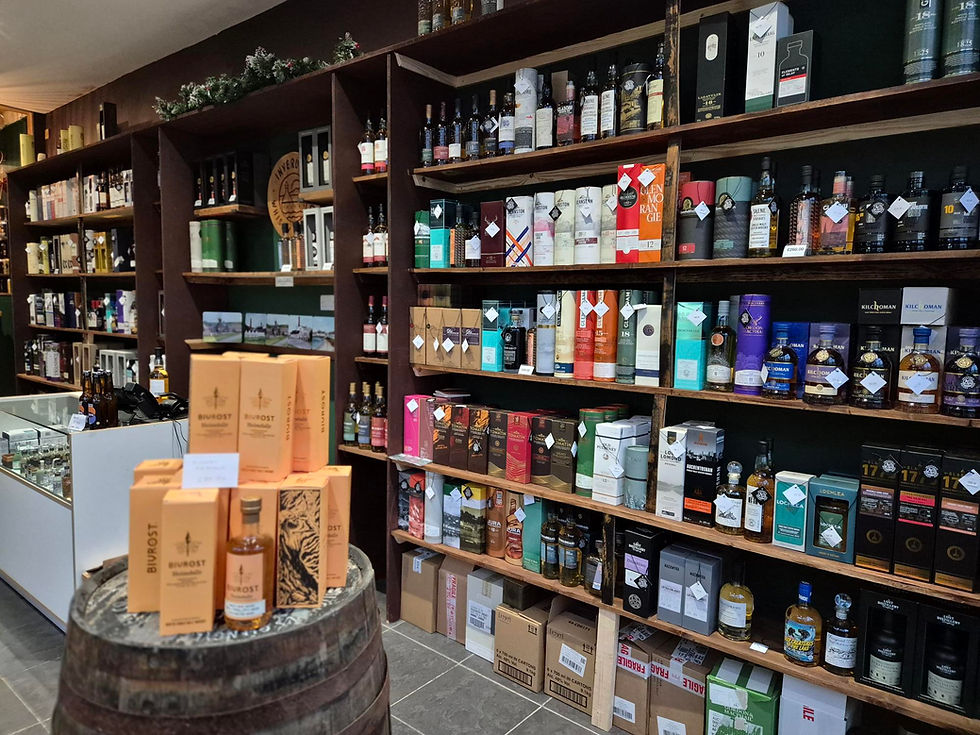- Paul Andrews

- Apr 4, 2024
- 3 min read

The latest results from the annual UK Butterfly Monitoring Scheme (UKBMS), led by wildlife charity Butterfly Conservation, the UK Centre for Ecology & Hydrology (UKCEH), British Trust for Ornithology (BTO) and the Joint Nature Conservation Committee (JNCC), show that 2023 was a mixed picture for butterflies, with some species soaring while others continued worrying declines.
Half the 58 species had a better than average year while the other half were below average at monitored sites. Species that flourished included Chequered Skipper, Brimstone, and Large Blue, which all recorded their best year since the UKBMS began in 1976.
Another species recording its best-ever year was the Red Admiral, a migratory species that has begun to overwinter in the UK as the climate has warmed, making it a common visitor across all habitats, including gardens. Its numbers have increased by 318% at monitored sites since 1976.
At the other end of the scale were the Small Pearl-bordered Fritillary and garden favourite the Small Tortoiseshell, recording their lowest numbers in the 48 years of monitoring, declining by 71% and 82%, respectively since 1976. Small Tortoiseshell had its worst year on record in England, second worst in Wales and joint fifth worst in Scotland in 2023, but did really well in Northern Ireland, logging its second best year.
The Large Blue, which was reintroduced to the UK after becoming extinct in the 1970s, recorded its best year yet, showing the conservation work with this species is really working.
Other species that had a remarkable year include Brown Argus, Marbled White, Comma, Black Hairstreak, and Holly Blue, which all ranked in their top three best years since 1976. On the other hand, Cryptic Wood White, Grizzled Skipper, Pearl-bordered Fritillary, Grayling and Scotch Argus faced significant difficulties.
The Green-veined White and Ringlet both had a poor year, perhaps suffering ongoing effects from the drought the previous summer.
The UKBMS, which began in 1976, is one of the world's longest-running insect monitoring schemes.
Dr Richard Fox, Head of Science at Butterfly Conservation, said: “Butterfly numbers fluctuate naturally from year to year, largely due to the weather, but the long-term trends of UK butterflies are mainly driven by human activity, including habitat damage and destruction, pesticide use, pollution and climate change. By monitoring long-term butterfly trends we can learn about the impact of climate change and other factors on our native wildlife.”
Dr Marc Botham, Butterfly Ecologist at the UK Centre for Ecology & Hydrology, added: “Butterflies are an indicator species, meaning they can tell us about the health of the wider environment, which makes the UKBMS data invaluable in assessing the health of our countryside and natural world in general."
"The mixed results this year emphasise the need for continued monitoring and conservation efforts to protect these important species and their habitats.”
Dr James Heywood, Breeding Bird Survey National Organiser at the British Trust for Ornithology, whose volunteers contribute to the UKBMS, commented: "In 2023, thousands of skilled volunteers monitored a record-breaking 3,316 sites across the UK, gathering valuable data that will help to inform conservation decisions for the future. We are incredibly grateful to each and every one of those people who carry out the monitoring and help us to maintain this highly valuable study.”
Chris Tuckett, Chief Officer for Strategy and Impact at JNCC, said: “The evidence produced through environmental monitoring, such as the UK Butterfly Monitoring Scheme demonstrates the vital role these schemes play in helping us understand the effects of pressures on the natural environment and, equally importantly, how efforts to address these pressures through nature conservation and recovery can be effective in reversing decline."
“JNCC has supported these schemes, which involve thousands of dedicated volunteers, for over 30 years, and remains committed to continuing to support them in the future.”
The UKBMS now records data on over 3,000 sites per year and the resulting dataset is a crucial resource for understanding changes in insect populations and has provided significant insights into almost all aspects of butterfly ecology.
As the UK faces the ongoing challenges posed by climate change and other environmental pressures, the work of the UKBMS and organisations like Butterfly Conservation, the UK Centre for Ecology & Hydrology, the British Trust for Ornithology and JNCC remains essential in monitoring and protecting precious butterfly populations and the habitats they depend on.






